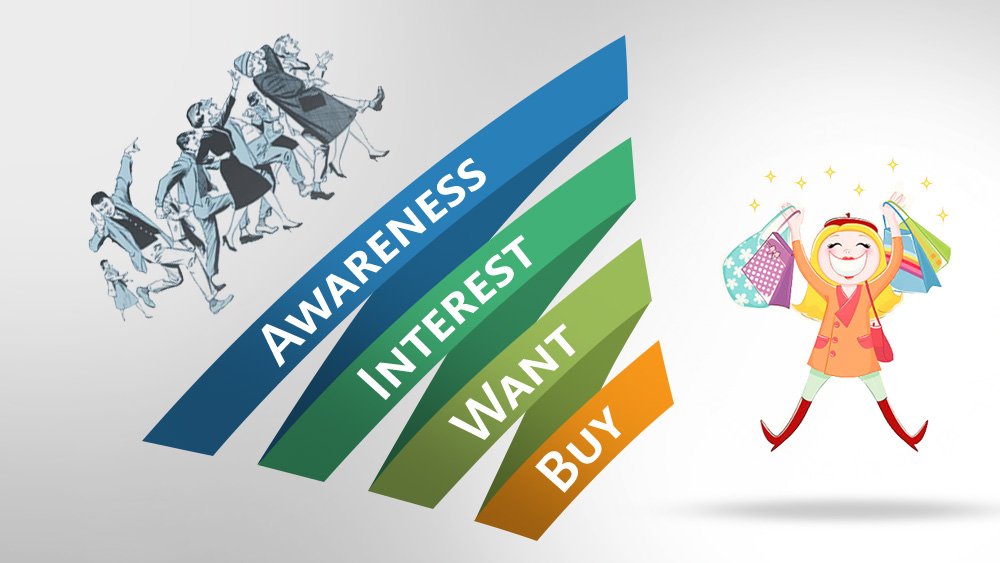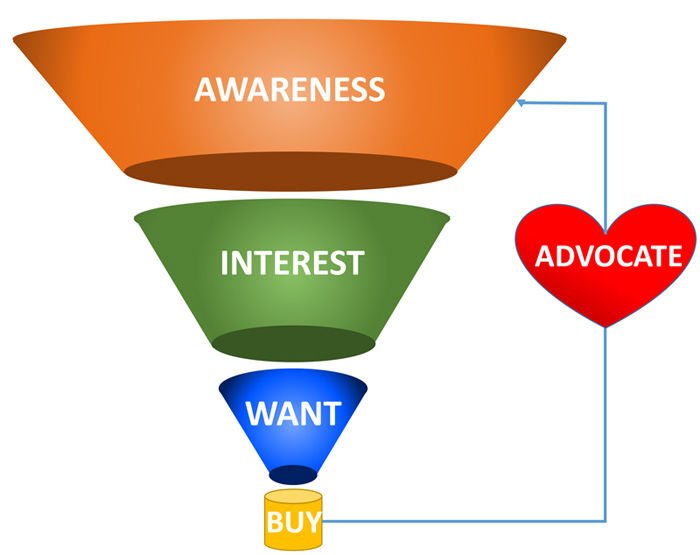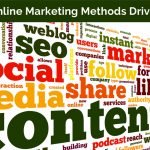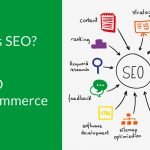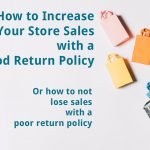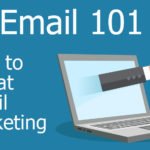At Redline Minds, we plan all marketing to grow businesses in a cost-efficient manner. Our goal is to help you spend your time and money where you’ll get maximum impact so you grow faster. A good understanding of the ecommerce marketing funnel and how it drives your sales can help you make smarter strategic decisions on where to spend your marketing dollars. It’s also important to your expectations regarding both an immediate, and longer-term return. Not every marketing method drives instant buyers.
Most buyers do not purchase based on a single visit to a website.
The metrics on how many visits an individual makes before buying something online varies considerably based on both the reputation of the website (are you well known) and the type of product you offer. The answer depends on who you ask. According to RetailDive.com, 56% of shoppers visit a bricks and mortar store before buying online. This seems high to us given how most products are not going to be found in your local market. Travelers visit an average of 38 sites before making a purchase!
For most products the research process is not nearly this intense. The average online shopper visits at least 3 websites before making a decision. Presuming you have Google Analytics set up, you can actually measure the days to purchase for your website visitors. You can find the Time Lag report under Behavior in Google Analytics.
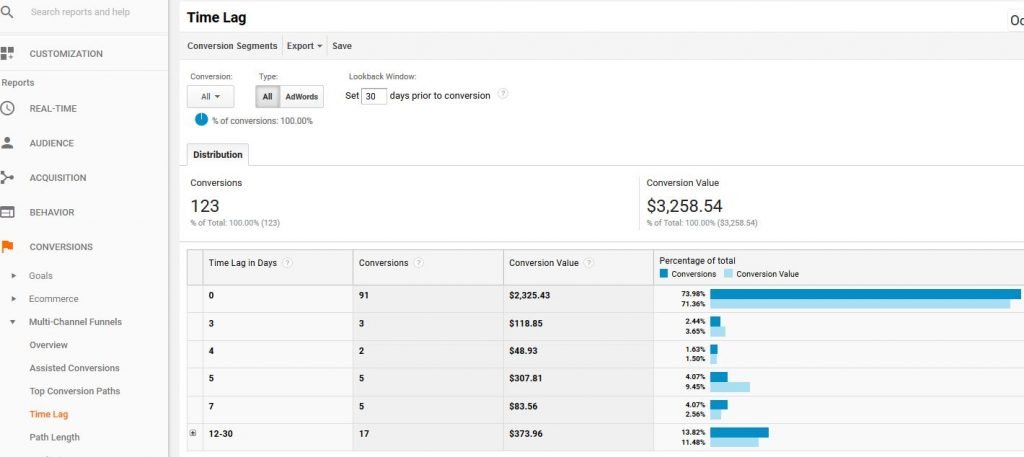
Here is a simplified version of the ecommerce marketing funnel as well as an explanation of how customers find your company, do pre-purchase research and then make a buying decision.
Ecommerce Marketing Funnel
The ecommerce marketing funnel is also known as the ecommerce sales funnel. The funnel illustrates how people find your business/website and their journey to becoming a customer.
The customer journey is illustrated by a funnel because the number of people who reach each stage dwindles as they self-select out of your funnel. In order to grow sales, your marketing plan needs to perpetually add individuals at each stage, as well as engage them at each stage to reduce the number who self-select out.
Every marketing effort undertaken should clearly feed at least one step. You will both gain and lose prospects at every stage. Time to sale is greater at the top of the funnel than at the bottom. It is important to business growth to drive traffic to all stages, but it is important to know that an immediate, measurable return on investment is typically faster at the bottom of the funnel. Bottom of the funnel marketing is also typically more expensive.
A word about Search Engine Optimization
Search engine optimization (SEO) needs to be a part of your marketing plan. However, it is such a large topic on its own, that it merits its own articles. SEO is a multi-faceted process that builds unpaid traffic over time. It’s not a fast fix. Search engine optimization can drive traffic throughout the funnel if a solid content plan is in place. For the most part, it feeds the interest and research phase of the buying process.
Awareness – Top of the Funnel
This is the stage where the goal is to bring awareness to an increasing group of people that your products and brand exist. It’s also where you begin to nurture a desire for the types of services and products you offer. Connect with the right prospects to begin their journey. This funnel stage needs to contain a larger number of people as the drop off is also the highest.
Tactical goals for this stage is to encourage prospects to engage with your brand, acquiring email signups and social following.
- Marketing methods
- Content marketing (educational, news, guides) – blogs & social content
- Viral content
- Email signup popups on site
- Social contests and giveaways
- Social advertising
- Influencer marketing
- Video marketing
- Referrals
Interest/ Consideration
This is the stage where the consumer is deciding whether or not they want or need the type of products you offer. This is a good stage to begin to feed more detailed product information and use information so they can envision themselves using your products. Consumers will research options.
Tactical goals are to deepen the engagement with this audience to create a desire for your product.
- Marketing methods
- Content marketing – blog, social & email, how-tos, images and video that highlight products in use, product descriptions
- Informational emails
- Social media advertising
- Influencer marketing
- Video marketing
- Search engine optimization
- Display advertising
Want & Buy
They know they want the type of products you offer. This is where they decide if they will buy them from you. Product and store reviews, in addition to social proof (influencers) have a significant impact here. They will scrutinize your site to determine if your business is trustworthy. This is where return and shipping policies can impact their choice.
Tactical goals here include driving traffic for those seeking to make a purchase, to maximize the conversion rate of your website, increase average order value (AOV) and to get those who leave prior to purchase to come back and complete their purchase.
- Marketing methods
- Promotional emails/SMS messages
- PPC advertising
- Retargeting advertising
- Social advertising and promotions
- Product & store reviews
- Affiliate marketing
- Product marketplaces (Etsy, eBay, Amazon, etc.)
- Social stores (Facebook, Instagram, Pinterest)
- Shopping and comparison engine advertising (PPC)
- Conversion optimization can be facilitated via:
- Best practices for ecommerce design
- Site merchandising
- A/B testing
- Customer surveys
- Promotional offers
- Cart recovery systems
- Loyalty programs
- Live chat
Advocacy & Repeat Purchase
Your cheapest new customer is one you acquire via customer referral. Referrals have the added bonus of converting at a higher rate. Repeat customers are incredibly valuable to your business. Both add to your Lifetime Customer Value (LCV). LCV is a more effective metric to use when determining how much you can/should spend to acquire a new customer (cost-per-acquisition or CPA).
Tactical goals include driving both; repeat business and referral customers.
- Marketing methods
- Superior customer service
- Box stuffers
- Loyalty programs
- Referral programs
- This is also where you ask for product reviews.
Budgeting your dollars for the entire funnel
When trying to manage a limited marketing budget, where you spend your money is important. There is a tendency to focus on the bottom of the funnel, driving immediate purchases. However, this can get expensive. Ideally you can spread your budget across the entire ecommerce marketing funnel. Doing so will drive more consistent traffic to keep your funnel full of buyers.
